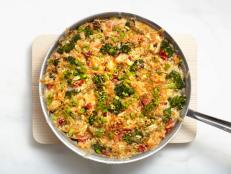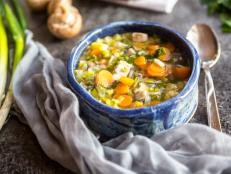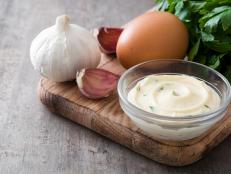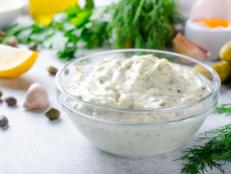The Best Cheeses to Use for Mac and Cheese
The type of cheese you use can make or (literally) break your mac and cheese sauce.

Armando Rafael
By Heath Goldman for Food Network Kitchen
Take a moment to think about the best mac and cheese you’ve ever had. Perhaps you’d describe it as ooey-gooey, creamy or cheesy. At its worst, mac and cheese is grainy, stringy or greasy. The type of cheese you use can make or (literally) break your sauce. But perhaps the name itself is a misnomer. The ideal mac and cheese needs more than one kind of cheese.
When you’re cruising down the cheese aisle, two factors to consider are meltability and flavor. Generally, young and processed cheeses (think: cheeses you can easily slice with a butter knife) melt smoothly but taste bland when they’re mixed with a few pounds of pasta. Aged and funky blocks are tricky melters but add a lot of complex ‘cheese’ flavor to the dish. This dichotomy explains why mac and cheese recipes often call for not one, but several types of cheese.
But there is one go-to that you'll almost always see. An overview of Food Network’s mac and cheese roundup reveals that most recipes have one type of cheese in common: sharp Cheddar. Sharp Cheddar —especially the inexpensive, mass-market block you can buy at the supermarket —strikes just the right balance between meltability and flavor. Consider it your base cheese. If you don’t want to buy three different types of cheese and rack up the grocery bill, it’s completely fine to use Cheddar on its own. Just stay away from the pre-shredded kind, which often contains additives like cornstarch that interfere with silky melting.
Because customizing your mac is half the fun, from here, it's time to mix in the different flavorful cheeses based on your taste preferences. Gruyere is a classic addition because it melts much like Cheddar, but has a lovely nutty flavor. Other classics include Gouda, Muenster, Parmesan, fontina, Havarti and Monterey Jack. Brie works well too, just make sure you remove the rind before mixing it in.
Once you have your cheeses, you have to decide: to béchamel, or not to béchamel. Traditionally, mac and cheese recipes instruct you to mix cheese into a béchamel sauce (made from butter, flour and milk) because the starch in flour stabilizes melting cheese, preventing it from breaking or turning into a stringy mess. While the béchamel route certainly requires a bit of work, the great news it that it ensures silky results every time — and allows you to push the envelope on cheese. Blue cheese? You betcha.
If your go-to recipe skips the béchamel (maybe it’s a simple one-pot number or perhaps it comes together in your Instant Pot) you should consider incorporating a processed cheese. Think: American cheese (from a block, not singles), cream cheese or Velveeta. These varieties were engineered to melt well, no roux necessary. While plain Cheddar might break, a couple ounces of processed in the mix guarantee a gorgeous glossy sauce.
And now, because we’re all craving you know what, here are a few Food Network favorites to start cooking.
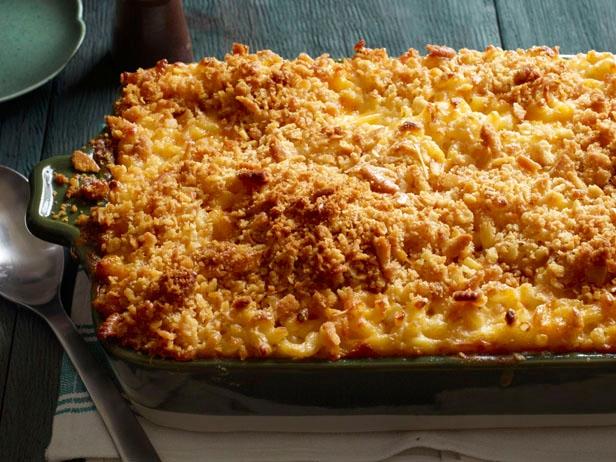
Con Poulos
Presenting a triple cheesy threat: sharp yellow Cheddar, Havarti and American cheeses — spiced up with a few dashes of hot sauce, cayenne and Worcestershire sauce.
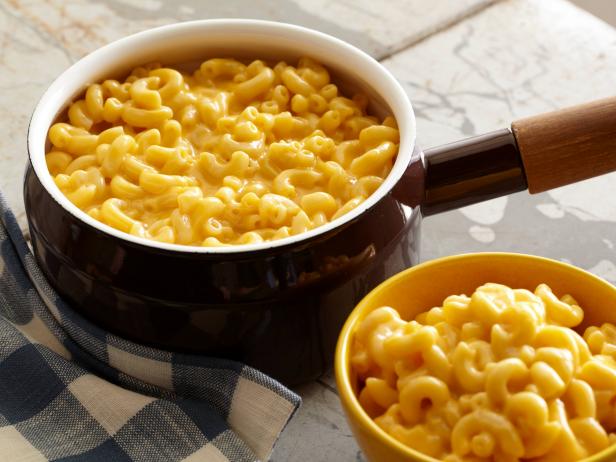
Matt Armendariz, 2012, Television Food Network, GP. All Rights Reserved.
Alton's fan-favorite 5-star recipe uses just one cheese and one pot for sensationally silky, creamy, cheesy results.
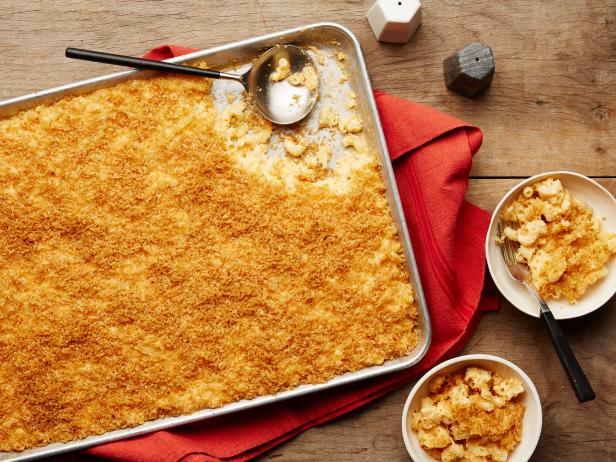
Tara Donne, ©2016, Television Food Network, G.P. All Rights Reserved
Cheddar and Monterey Jack are a match made in gooey heaven, especially when they’re blanketed in tons of crisp topping.
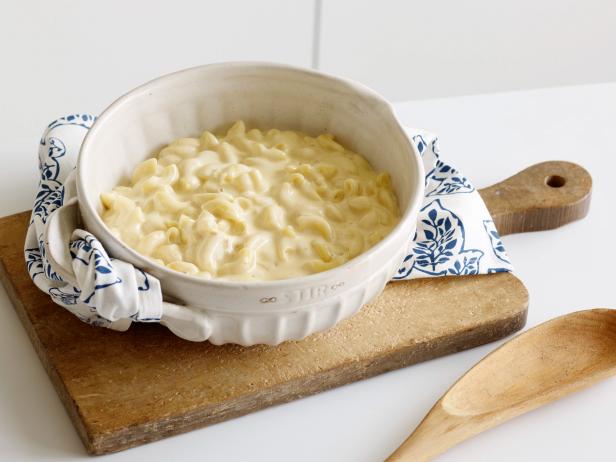
Matt Armendariz, 2014, Television Food Network, G.P. All Rights Reserved
At last, a recipe that’s as easy as the boxed stuff, but so much tastier. It relies on Monterey Jack, Parmesan and two smooth melters: American cheese and cream cheese.
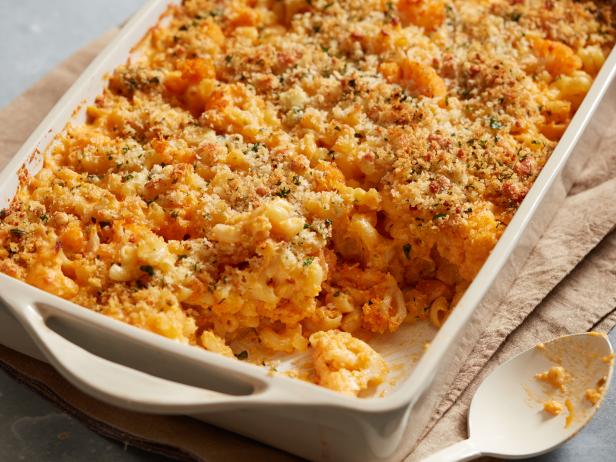
Matt Armendariz
All of the crave-worthy, savory flavors of wings, but hold the meat. This low-carb dish comes together with a spectacular combo of yellow Cheddar, pepper Jack and blue cheese (plus plenty of hot sauce).

RYAN DAUSCH
Make it exactly like regular Cheddar cheese mac, just stir in some browned sausage and chopped pimentos right before baking. So darn brilliant.
Related Links:

























